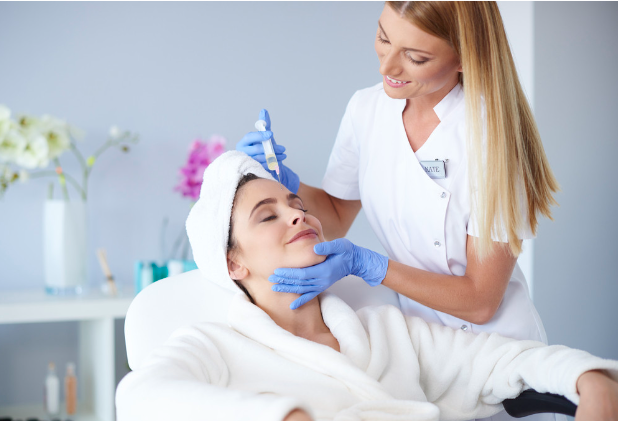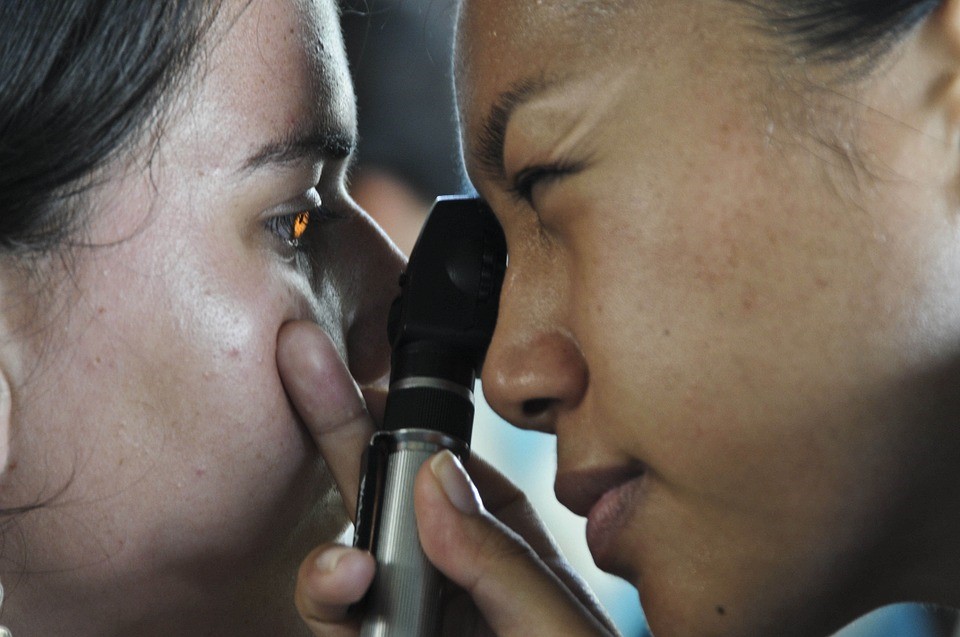How Post-Pandemic Trends Are Shaping Our Approach to Health, Wellness, and Aesthetic Choices
As the world steps cautiously towards a post-pandemic era, our attitudes toward health, wellness, and aesthetics are evolving. The pandemic has not only altered how we approach our physical and mental well-being but also how we perceive and pursue aesthetic choices. With more time spent at home, individuals have reassessed their lifestyles, leading to significant shifts in how we invest in our bodies and minds. This article explores these emerging trends, underlining facts and insights on how the pandemic reshaped perspectives and priorities in health, wellness, and beauty.
Trends in Aesthetic Choices
With the increase in virtually-focused lifestyles, individuals have become more conscious of their appearances. The rise of video conferencing has prompted many to consider aesthetic enhancements, as they spend more time viewing themselves online. In fact, nearly 80% of plastic surgeons in the United States reported a sharp increase in the number of patients seeking procedures in 2022 compared to before the pandemic.
As people spent more time at home during lockdowns, they began to notice aspects of their appearances they wanted to improve. The surge in patients seeking cosmetic procedures is a testament to the growing desire for self-improvement in both personal and professional contexts. This shift underscores a societal trend towards enhancing self-confidence and well-being through aesthetic means.
Moreover, the cultural reset caused by the pandemic has led individuals to prioritize self-care and personal aesthetics in new ways. Even as people begin to return to public life, the home has become a central place for self-reflection and care. Consequently, the pursuit of cosmetic enhancements has evolved into a form of self-expression and empowerment.
Focus on Joint Health
The pandemic has brought joint health to the forefront of wellness considerations as more individuals seek to maintain or improve mobility from home. With a prevalence of 365 million, issues like knee pain are becoming more widespread, motivating people to address joint health proactively. The emphasis on joint care highlights the broader trend of prioritizing long-term health and mobility.
Working from home, people have found that ergonomic setups are crucial in preventing joint-related issues. The flexibility of remote work allows individuals to incorporate appropriate exercises and stretches into their daily routines, promoting overall bone and joint health. This shift reflects a growing awareness of the need to sustain health through personalized and manageable home-based practices.
In light of these trends, healthcare providers are advocating the benefits of early intervention and preventative measures for joint health. There’s an increased demand for knowledge and resources encouraging joint-friendly activities and home exercises to mitigate the onset of discomfort. This signifies a community-driven approach to maintaining well-being, with the aim of enhancing life quality through informed choices.
The Prevalence of Headache Disorders
Globally, headache disorders have become a significant concern, affecting approximately 40% of the population. This increase can be attributed to pandemic-induced stress and the extended time spent in front of screens at home. As people seek ways to manage these disorders, the focus on mental health and stress management has intensified.
The impact of headaches on daily life has underscored the need for comprehensive wellness strategies that encompass both physical and mental health. Many individuals are adopting holistic health practices, such as mindfulness and meditation, into their home routines to alleviate headache symptoms. These practices highlight the intertwining relationship between mental wellness and physical health.
Recognizing the widespread nature of headache disorders, healthcare professionals are emphasizing the importance of developing personalized treatment plans. Encouraging lifestyle adjustments, alongside traditional and alternative therapies, can significantly improve the quality of life for those affected. Ultimately, this points to a broader understanding of health, where mental and physical wellness are seen as interconnected priorities.
The post-pandemic world is witnessing a pivotal shift in how we approach health, wellness, and aesthetics. The focus has moved towards integrating holistic approaches that prioritize self-care and preventative health measures. As individuals navigate these trends, the home remains a significant environment where lifestyle adjustments and health transformations begin. By embracing these changes, we are better equipped to foster a well-rounded and fulfilling approach to health and well-being.




The most positive thing that came out of the pandemic is that we all started to take our physical and mental health more seriously. At least that’s the most positive thing that happened to me thanks to the pandemic, and I’m so thankful!